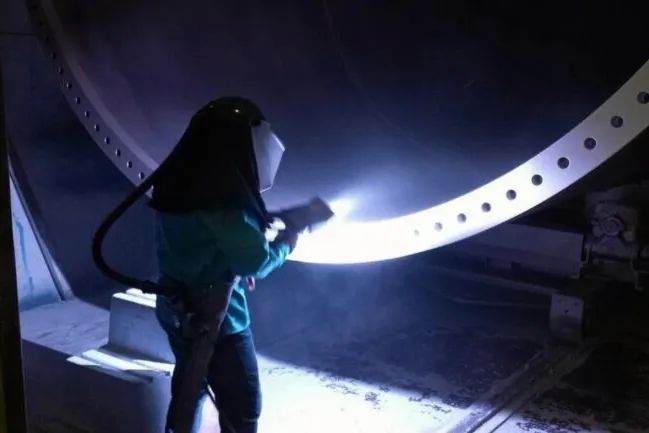Positive vibes: CEO sounds note of optimism over US onshore wind's near-term future
Antonio Carrillo, boss of Arcosa, the top independent wind tower supplier, asserts the cost-competitive industry is 'here to stay' as power demand soars

While President Donald Trump is doing his best to strangulate US wind development, a key supplier CEO is sounding a note of optimism over the sector’s outlook onshore.
“I think the industry is here to stay and it’s going to have a solid near-term future,” Antonio Carrillo, CEO of Arcosa, the nation’s largest independent wind tower manufacturer, said on a recent earnings call.
He told analysts that recent passage of Republicans’ partisan One Big Beautiful Bill (BBB), while ending tax credits for wind generation and turbine components production years ahead of schedule, did provide policy clarity.
“It was a relief to at least see what we’re dealing with,” he said, noting order inquiries from Arcosa’s customers have increased. “Just having clarity allows the industry to move. That’s what we’re seeing right now on, let's say, the sentiment we're getting from our customers."
The company anticipates a period of solid demand for towers over the next couple of years as developers expedite activity to ensure they capture tax credits before they expire.
US power demand is expected to accelerate as data centres proliferate, domestic manufacturing expands, electrification of heating and transportation becomes more prevalent and underlying economic growth remains robust.
“Even without tax rate support, wind has become cost-competitive with other sources of generation and should play an important role in meeting load growth demand,” Carrillo continued.
The bill, which Trump signed into law on 4 July, created a 12-month transition period based on when projects begin construction.
BBB stipulates that if a project starts construction or spends at least 5% of total capex by 4 July 2026, it has four years of safe harbour to start commercial operation. Beyond that deadline through the end of next year, it would need to come online by 31 December 2027.
Nevertheless, Trump on 7 July ordered the Department of Treasury to “take all action” to “strictly enforce” termination of tax credits for wind and solar facilities.
This includes issuance of new and revised guidance at Treasury Secretary Scott Bessent’s discretion and “consistent with applicable law” to ensure that policies concerning start of construction are not circumvented.
Also, by restricting the use of broad safe harbours unless a substantial portion of a subject facility has been built.
Trump’s executive order sparked concern within both the wind and solar sectors and among moderate Republican lawmakers in Congress that upcoming guidance – the issuance deadline is 18 August - could seek to broadly impede access to the credits.
Carrillo called the future Treasury regulations and rules on construction start “an important step” that will further clarify the next steps for project eligibility. “We just need a little more clarity around what that means,” he said.
He did not address the other aspect of Trump’s executive order that directs Interior Secretary Doug Burgum to revise any guidance, practices, policies, and regulations that give preferential treatment to wind and solar versus dispatchable energy sources.
While 95% of onshore wind development occurs on private property, a minority of projects do require approvals by Department of Interior agencies for interconnection if power lines cross federal lands or permits for incidental killings of birds by turbines.
Arcosa on 30 June had a $598m wind tower back log. It operates three US plants and does not anticipate future “material impacts” from the administration’s ever-changing tariff policies.
The company also manufacturers electricity transmission and distribution towers that are in high demand as utilities ramp investing to upgrade the nation’s ageing grid.
“It’s a great time to be serving the power industry,” said Carrillo.
(Copyright)